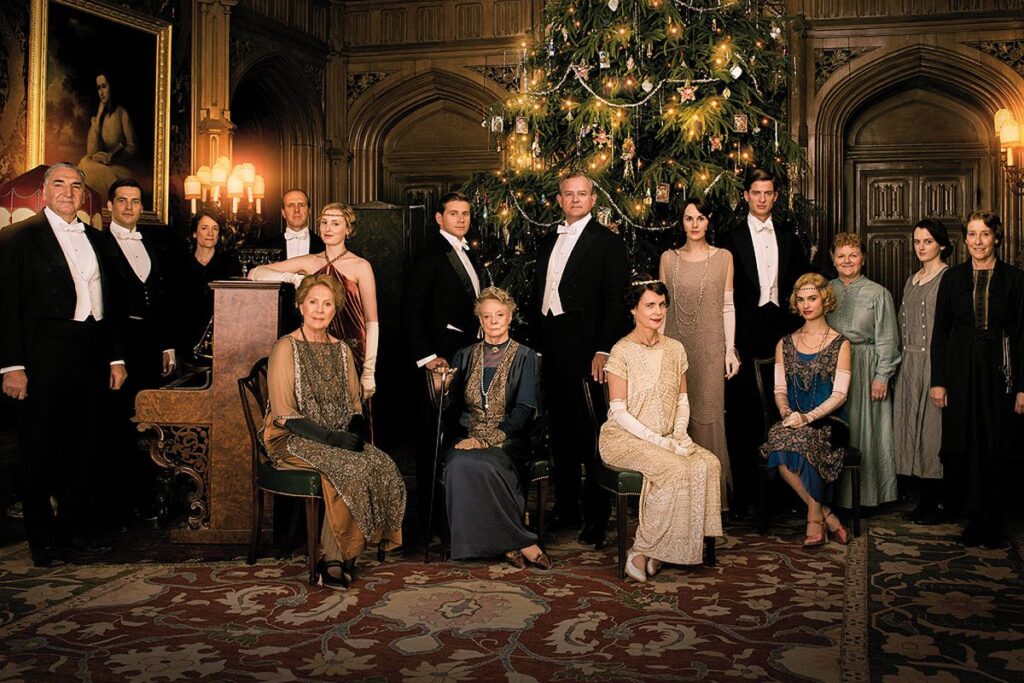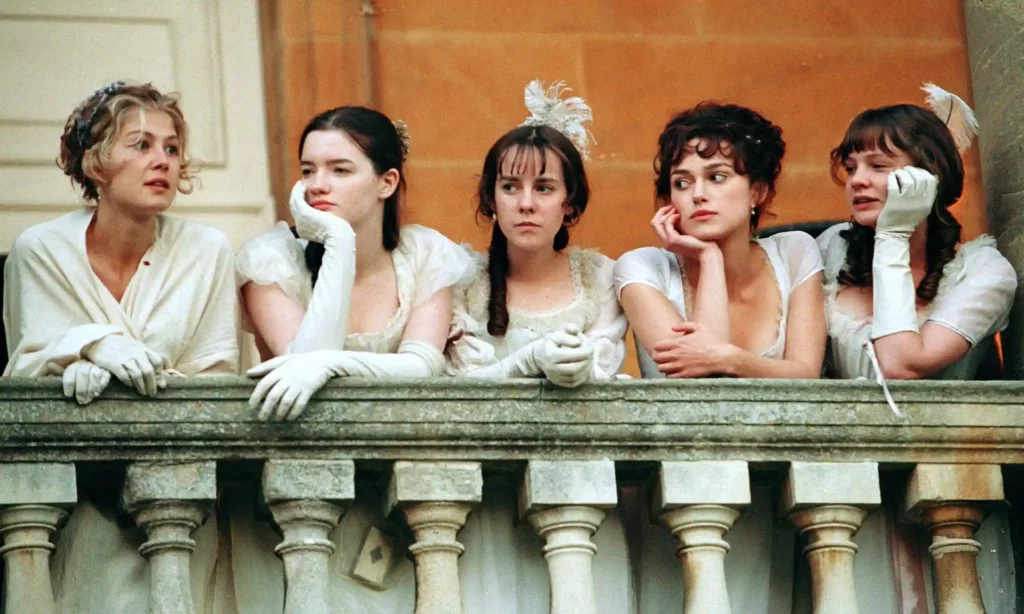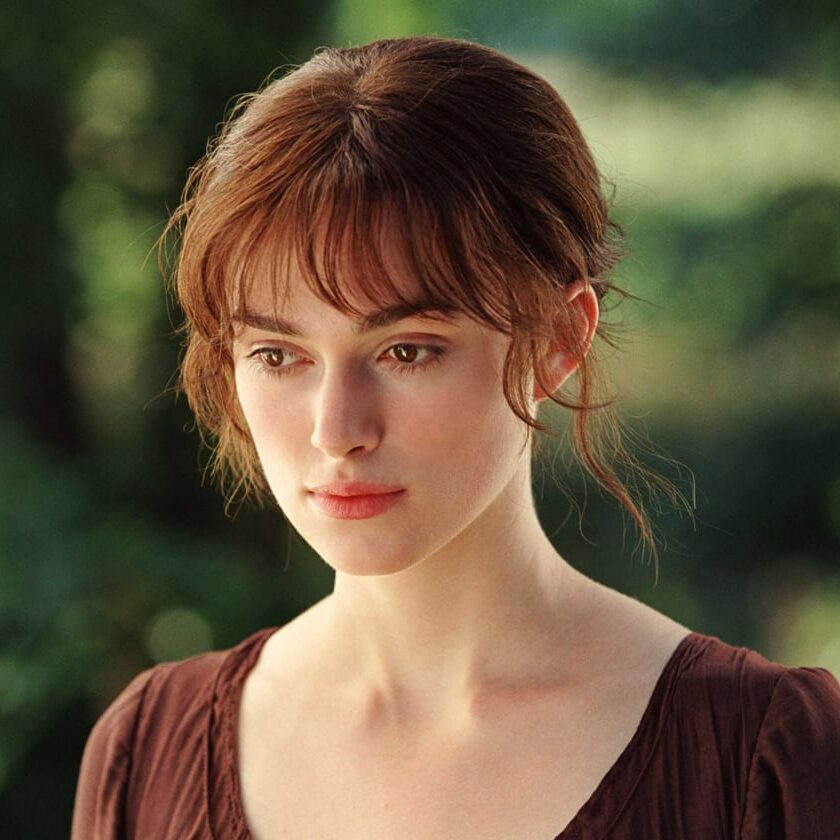What If Elizabeth Bennet had a gay friend?
or, perhaps, a queer sister? While we might imagine a lesbian sister for Elizabeth Bennet, there are plenty of queer period stories to tell
Following the release of the 2021-22 statistics on sexuality in England and Wales, logically speaking, Elizabeth Bennet could have had a gay sister. And, for the LGBTQ+ the thought of this is thrilling. The world of period drama has been dominated by heterosexuality. Storylines are centred on the prospect of a nice financially-viable heterosexual marriage. And while writers during the Regency era mightn’t have written explicitly queerly, our modern writers have updated this world. Our most beloved period pieces now feature gay valets and lesbian landowners.
Sure, the representation in contemporary set media – your Heartstoppers and your Queer as Folks – is more manifold than ever. But the concept of LGBTQ+ folks in a period world has its own value and significance: culturally, historically and socially.
When talking about queerness and homosexuality in period pieces, we have to tread carefully to avoid the minefield of anachronisms. Yes, there was same-sex attraction and gender non-conformity; but words like trans and identifiers such as gay are modern creations.
Digging out my university literary theory anthology, I tried to recall what theorist Michel Foucault had stated – sexual acts (i.e. same sex attraction) did not constitute an identity or ‘a species’. We may watch The Gilded Age or Maurice and point out a ‘gay’ character. The important part is to remember that’s not how they would’ve understood sexuality.
While we’re taking this history trip, we can’t ignore the legal, social and cultural landscape. As you could’ve guessed, engaging in same-sex activities was illegal, carrying the risk of a death sentence. Even accusations could ruin lives.

In spite of historic semantics and attitudes, telling these queer stories is essential. First and foremost, because it externally and culturally validates the existence of queer people throughout history. Coming out of the festive period, we’ve all been stuck in those conversations; that one relative who continues to bleat that being trans wasn’t a thing back in their day. Then you put Downton Abbey or Penny Dreadful on the TV, and lo and behold, queer people.
Fictional replicas of the period such as Downton are not completely divorced from plotlines of contemporary queer media. We watch footman Thomas crush after straight men, hide who is and try to change himself. All ideas we can watch in Will and Grace and It’s A Sin. It’s nice to know that just as queer people have always existed, we have lived through similar heartbreaks (and the occasional triumph).
While we might think of period pieces solely as works by Jane Austen or Julian Fellows, there are crossovers with true history. Yes, fictional stories are validating in terms of story and representation, more and more historic queer stories are being told. Take The Imitation Game as a prime example. What happened to Alan Turing – a gay man instrumental in cracking Enigma and forced into chemical castration – was a true story.
Slowly, these historic queer facts are being served up as digestible cinematic experiences. All the time we are learning about people history forgot. I don’t know anyone who didn’t disappear down a Wikipedia rabbit hole after watching The Imitation Game. Now, Turning’s face adorns our £50 note. Our LGBTQ+ ancestors are no longer so invisible.
Throughout Downton and by the end of The Imitation Game, there is pall of despair over the queer characters. They can marry, but not someone they actually love; have friendships and careers, but can’t be open. It is a half-life. Because of the historical differences, queer period pieces help us appreciate and understand how far we’ve come. There is greater acceptance, better understanding, debunking of myths about sexuality, and legal protections.
Narratively, we can see this in common blackmail storylines. Gay person is caught being gay. Villain uses this to their advantage: blackmails, exhorts and/or makes life for this person hell. Otherwise, gay person explains and villain backs off.
The threat of exposure is a Sword of Damocles. Sir Henry Granville in Bridgerton sums up the risk: ‘we live with the constant threat of danger…I risk my life every day …we cannot so much as smile at each other without first ensuring no one else is watching’. Personal nuances aside, we can take a breath knowing this isn’t a common modern occurrence.
Despite alleged press attempts to force LGBTQ+ celebrities to out themselves (e.g. Gareth Thomas and Rebel Wilson), the reputation-ruining effect has lessened. I know that if I was outed at work, I wouldn’t be fired; and if I was, there would be a slew of legal protections. Watching these stories play out from the comfort of our sofas, it helps us take stock of the progress made.
Because queerness and sexuality-as-identity weren’t the same as they are now, there is less need for period pieces to explore them. There aren’t any coming out scenes, a hallmark of modern queer stories. Period pieces can then become a stage for discussing intersectionality, queerness played alongside themes such as class and gender.

If I think about the majority of modern queer media I’ve consumed (and it’s been a lot), a white middle-class gay man is usually at the centre: Will and Grace, Glee, Uncoupled. Instead, it is period pieces such as Gentleman Jack and Dickinson that have queer women front and centre.
Culturally and historically, queer women have been less visible than men. There are accounts of close female friendships, ones that might make you pause and go ‘are they…?’ But the norms for relationships between men and women were different. We only have to watch the intimate scene between Georgiana and her husband’s mistress in The Duchess – nothing to do with same-sex attraction- to understand the differences between female and male queerness. Queen Victoria wouldn’t even outlaw female same-sex relations, refusing to believe it could exist.
Telling these stories of queer women expand the heft of social expectations. Marriage had a two-fold effect – binding them to a man for financial security and upholding heteronormative social norms. The men we see – the Sir Henry Granvilles of Bridgeton and the Oscar Van Rijins of The Gilded Age – have the social and financial freedoms to both pursue and dissemble their same-sex desires. The majority of women having neither. After all, it is the marriage of Anne Lister’s lover to a man that sends her back to her family estate.
While we might imagine a lesbian sister for Elizabeth Bennet, there are plenty of queer period stories to tell. Each story carries its own social and cultural weight: whether that be legitimising the fact that queer people have always existed or telling lost queer histories. There is no queer coding or ‘could-they-bes’ or ‘it’s-up-for interpretation’. The queerness in these stories is authentic and explicit – even if it’s dressed in corsets and breeches.



